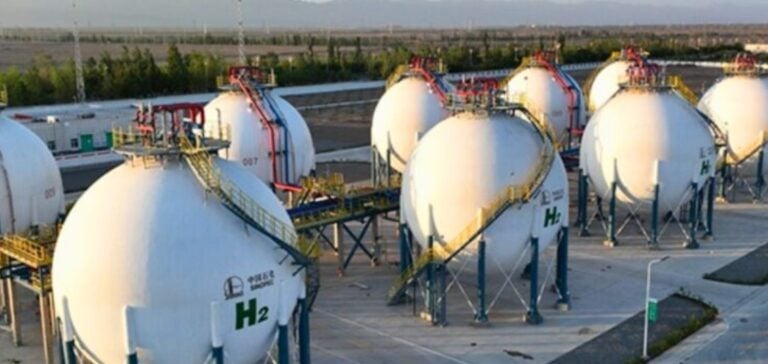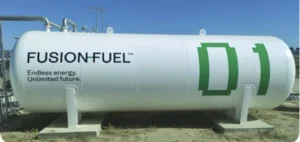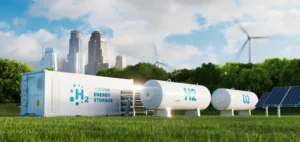Through its national plan, China has identified hydrogen as a key element in its low-carbon energy transition strategy. With the installation of 2.5 GW of electrolyser capacity by the end of the year, China is on track to produce 220,000 tonnes per annum (tpa) of green hydrogen, outstripping the rest of the world’s combined production by 6 kilotonnes per annum (ktpa).
China’s hydrogen ambitions
By 2023, China will have installed a cumulative total of 1 GW of electrolyser capacity, consolidating its position as world leader in the adoption of this technology. However, a significant proportion of China’s hydrogen still comes from “gray” sources such as coal gasification or steam methane reforming (SMR). To achieve its climate goals of peak emissions by 2030 and carbon neutrality by 2060, China must switch to low-carbon hydrogen production methods. In 2022, the National Development and Reform Commission published the “Medium- and Long-Term Strategy for the Development of the Hydrogen Energy Industry”, a roadmap detailing China’s hydrogen objectives from 2021 to 2035. These objectives are currently being met without any major difficulties.
The challenges of standards and infrastructure
Although the standards proposed by China represent progress, they still fall short of the stricter criteria set by Europe. The ambiguity surrounding the definitions of “low-carbon” and “renewable” hydrogen is worrying. To catalyze significant change, China needs to adopt clear, rigorous definitions aligned with global best practice. A geographical disparity exists between the hydrogen demand centers of eastern China and its abundant solar and wind energy resources to the north, ideal for green hydrogen production. For example, Inner Mongolia and Gansu have set ambitious targets for the production of renewable hydrogen by 2025, which, combined with the efforts of other provinces, should exceed 1 million tonnes per year.
Pipeline projects to link production and demand
One notable project is Sinopec’s development of a 400-kilometer pipeline linking Ulanqab in Inner Mongolia to Yanshan in Beijing, with an initial capacity of 100,000 tpa and plans to reach 500,000 tpa. This pipeline marks China’s first long-distance hydrogen pipeline. In addition, a 737-kilometer pipeline from Zhangjiakou to the port of Caofeidian via Chengde and Tangshan is being developed by Tangshan Haitai New Energy Technology in Hebei, at a cost of $845 million. China has significant solar and wind power potential in its northern and north-western regions, notably Xinjiang, Gansu and Inner Mongolia. By 2023, solar photovoltaic capacity will have increased by 217 GW of new installations, 2.5 times more than the previous year. New wind power installations reached 76 GW in 2023, also doubling compared to 2022.
The challenges of operating at full capacity
Despite the commissioning of several projects, challenges remain to ensure that electrolyser installations operate at full capacity in China. A major bottleneck is the considerable renewable energy capacity required to power the electrolyzers. For example, producing 1 million tpa of green hydrogen requires around 20 GW of onshore wind power capacity. Operating electrolyzers below their rated capacity may entail safety risks. Most alkaline electrolyzers currently in use in China have an operating range between 30% and 100% of their nominal efficiency. If available power limits hydrogen production to less than 30% of its maximum capacity, the electrolyzers shut down for safety reasons.
Future prospects for green hydrogen in China
Despite these challenges, Rystad Energy forecasts continued growth in China’s share of green hydrogen, with new electrolyser capacity installed annually at a world-leading rate, similar to the trajectory seen in the solar photovoltaic and wind power industries, which China continues to dominate. By 2030, China’s four largest projects will account for up to half of the country’s total green hydrogen production capacity.






















